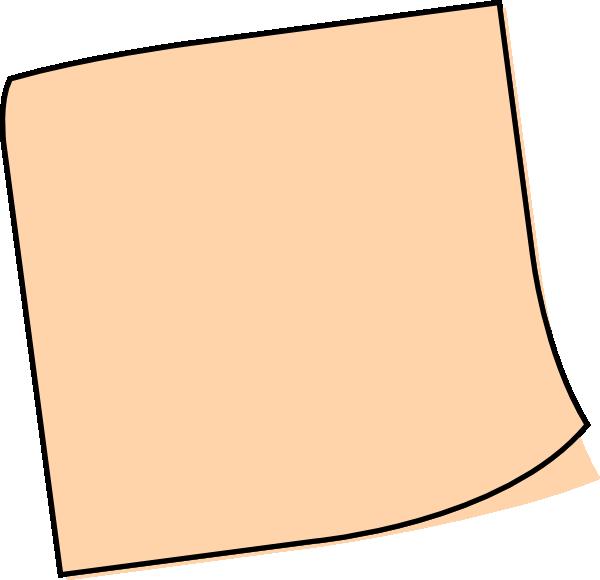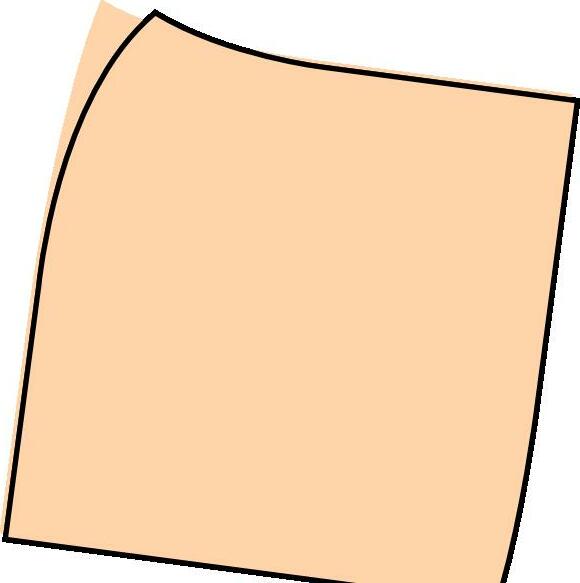
6 minute read
Sticky gas
what can robotics learn from the octapus Sticky Gas
Advertisement
Sticky solids and sticky liquids are everywhere. From the golden syrup on your breakfast waffles to the sticky notes holding your schedule together, sticky solids and liquids are very useful and in the case of golden syrup, delicious. Now consider this. All substances exist in three physical states: solid, liquid or gas. If there are sticky solids and sticky liquids, then are there sticky gases as well? orld.

Essentially, what affects the stickiness of a material is the intermolecular forces. We would consider a liquid or solution ‘sticky’ if it has a high viscosity. In liquid state, molecules are closely packed but can slide over each other. Intermolecular forces exist between molecules and hold them together. If molecules are held together by stronger intermolecular forces, it takes more energy to pull them apart. Therefore, the stronger the intermolecular forces, the higher the viscosity. Bitumen, a fraction of petroleum commonly used for paving road surfaces, for example is very sticky because of its large molecular size. Strong intermolecular forces (or van der Waals forces, to be more specific) are formed between molecules, hence giving it a high viscosity and its stickiness. As for solids, the same logic applies where intermolecular forces hold molecules together and they ‘stick’. A lot of the adhesives we use work on the same principle.
How about sticky gases then? How exactly is a gas sticky? However, before we move on to sticky gases, we must specify what stickiness is. In this article, we are looking at stickiness as the binding ability of a material on another material as a physical property. Sticky liquids like syrup, binds to the surface of utensils. Sticky solids like adhesive tape, binds to the surface of paper. Similarly, for a gas to be sticky, it must bind to another surface. We can consider the molecular model of gas and use the same principle as we did for solids and liquids. However, gas mostly exists as discrete molecules with weak intermolecular forces. Molecules are also free to move around and do not occupy a fixed amount of space. The molecules are usually much smaller in proportion to the space they occupy that we do not really consider their masses as a factor affecting the strengths of the intermolecular forces. If intermolecular forces are not one of the most important factors affecting the arrangement of molecules, then in this case this model is not much use to us.
We can perhaps look at it from another perspective. On a molecular level, physisorption and chemisorption can be considered. Adsorption, not to be confused with absorption, is the adhesion of atoms, ions or molecules from a gas, liquid or dissolved solid to a surface. Physisorption, also called physical adsorption, is the physical bonding of gas molecules to the surface of a solid or liquid that the gas comes into contact with at low temperatures. Again, physisorption is caused by van der Waals forces. Atoms on the surface of a material is not bounded completely by other atoms. These surface atoms then form dipoles and attract gas molecules. As a result, gas molecules are bound to the surface of the material without undergoing any chemical reactions. Therefore, the idea of sticky gases existing might be valid. In fact, some gases do bind to specific materials, usually metal surfaces. With scientific instruments under high pressure, water molecules in gas state can be observed to slowly get removed from the system. Because of such high vacuum in the system, water molecules are binding to the metal surfaces of the instrument and slowly release. Chemisorption is a kind of adsorption which involves a chemical reaction between the surface and the adsorbate. Since we are only looking at the binding ability as a physical property, chemisorption is not considered.
Finally, we could answer the question all along: are there sticky gases? The answer is yes and no. The conclusion on whether sticky gases exist depends hugely on how we define sticky. Stickiness is not a physical property used in the chemical world. Gas molecules do stick to surfaces and if you consider that sticky, then yes sticky gases are everywhere. Alternatively, if we look at cohesion instead of adhesion, we might get completely different conclusions. Whether a gas is sticky or not is essentially the same as asking if water is wet. There is simply not a definite answer because stickiness and wetness are not physical properties well defined in the chemical world.
Sticky solids and sticky liquids are everywhere. From the golden syrup on your breakfast waffles to the sticky notes holding your schedule together, sticky solids and liquids are very useful and in the case of golden syrup, delicious. Now consider this. All substances exist in three physical states: solid, liquid or gas. If there are sticky solids and sticky liquids, then are there sticky gases as well?
How about sticky gases then? How exactly is a gas sticky? However, before we move on to sticky gases, we must specify what stickiness is. In this article, we are looking at stickiness as the binding ability of a material on another material as a physical property. Sticky liquids like syrup, binds to the surface of utensils. Sticky solids like adhesive tape, binds to the surface of paper. Similarly, for a gas to be sticky, it must bind to another surface. We can consider the molecular model of gas and use the same principle as we did for solids and liquids. However, gas mostly exists as discrete molecules with weak intermolecular forces. Molecules are also free to move around and do not occupy a fixed amount of space. The molecules are usually much smaller in proportion to the space they occupy that we do not really consider their masses as a factor affecting the strengths of the intermolecular forces. If intermolecular forces are not one of the most important factors affecting the arrangement of molecules, then in this case this model is not much use to us.
We can perhaps look at it from another perspective. On a molecular level, physisorption and chemisorption can be considered. Adsorption, not to be confused with absorption, is the adhesion of atoms, ions or molecules from a gas, liquid or dissolved solid to a surface. Physisorption, also called physical adsorption, is the physical bonding of gas molecules to the surface of a solid or liquid that the gas comes into contact with at low temperatures. Again, physisorption is caused by van der Waals forces. Atoms on the surface of a material is not bounded completely by other atoms. These surface atoms then form dipoles and attract gas molecules. As a result, gas molecules are bound to the surface of the material without undergoing any chemical reactions. Therefore, the idea of sticky gases existing might be valid. In fact, some gases do bind to specific materials, usually metal surfaces. With scientific instruments under high pressure, water molecules in gas state can be observed to slowly get removed from the system. Because of such high vacuum in the system, water molecules are binding to the metal surfaces of the instrument and slowly release. Chemisorption is a kind of adsorption which involves a chemical reaction between the surface and the adsorbate. Since we are only looking at the binding ability as a physical property, chemisorption is not considered.
Finally, we could answer the question all along: are there sticky gases? The answer is yes and no. The conclusion on whether sticky gases exist depends hugely on how we define sticky. Stickiness is not a physical property used in the chemical world. Gas molecules do stick to surfaces and if you consider that sticky, then yes sticky gases are everywhere. Alternatively, if we look at cohesion instead of adhesion, we might get completely different conclusions. Whether a gas is sticky or not is essentially the same as asking if water is wet. There is simply not a definite answer because stickiness and wetness are not physical properties well defined in the







